How Meghan Markle tiara mistake could have been avoided with $11 buy
The great tiara tantrum of 2018 was the beginning of the end for Meghan and the royal family but Kate had an $11 solution all along.
COMMENT
There are more than 370 branches of the Claire’s chain in the UK, all selling the sort of cheap, junky jewellery and accessories beloved by teenage girls the world over. But, there is one particular store that unwittingly played an integral role in the royal wedding of Kate Middleton and Prince William.
On April 29 in 2011 when Kate finally stepped out of the Queen’s Rolls Royce in front of Westminster Abbey, the world caught its first proper sight of the Sloane-y commoner turned future Queen. For the historic moment, she had chosen a dress by Sarah Burton of Alexander McQueen and the Cartier Halo tiara.
(File this one under ‘only in the royal family’: The Cartier Halo tiara is considered a ‘starter’ tiara because it is much lighter than other pieces owned by the royal family and less likely to cause headaches. And you thought being royal was easy …)
RELATED: Prince Harry fears come true
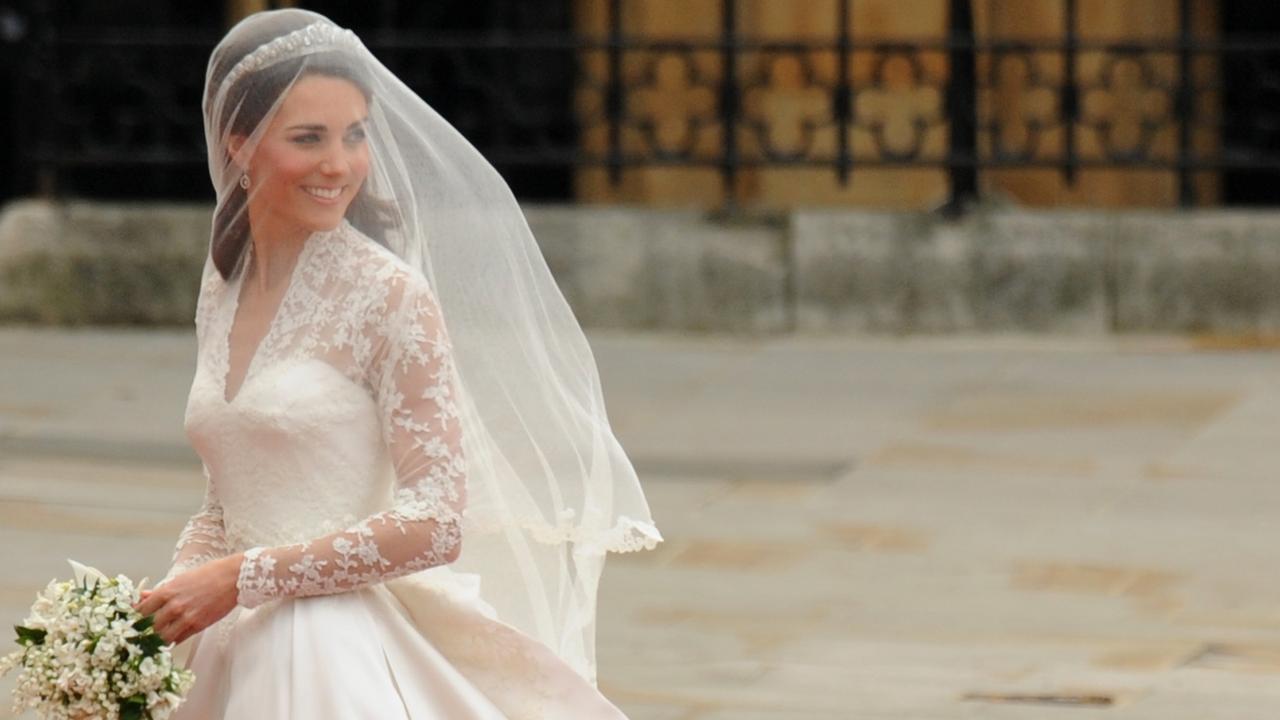
RELATED: Four words prove Meghan doesn’t get it
So far, so Cinderella-worthy.
A couple of weeks after the wedding, Richard Ward, the famed Chelsea hairdresser in charge of Kate’s coiffure, revealed how he had created the look: By practising with an $11.80 plastic tiara purchased from a Claire’s store. He revealed that he and his team had used the cheap, Chinese-made plastic model to come up with the idea of creating a “foundation” of backcombed hair for the real diamond priceless topper to sit on. (Who knew that creating a fairytale-worthy moment would require so much hairspray and a basic knowledge of structural engineering?)
RELATED: Huge double standard in Meghan mansion

Now all of this would be nothing more than an amusing bit of palace trivia if not for far more controversial, headline-grabbing events that also involved a royal bride, a tiara, and her high-priced society coiffurist.
For nearly two years now, reports and rumours have swirled about an alleged incident that happened in the lead up to Meghan Markle and Prince Harry’s big day in 2018.
According to the claims, Meghan had wanted to wear a tiara that featured emeralds, a choice that the Queen rejected. At that stage, according to veteran royal reporter Robert Jobson writing in Charles At 70, Harry reacted by allegedly “raising his voice” and telling staffers “what Meghan wants, she gets”.
This month, the world got another take on the events of ‘Tiaragate.’ In Finding Freedom, a new biography about Harry and Meghan, the Duke and Duchess of Sussex, authors Omid Scobie and Carolyn Durand make the case that the source of tension was not the tiara per se but Meghan’s access to it.
They write that prior to the wedding: “Meghan’s hairstylist Serge Normant flew from New York to London to do a hair trial using the tiara they had chosen for the wedding.
“The pair had hoped to visit Buckingham Palace to meet Angela (Kelly, the Queen’s longtime ‘gatekeeper’), who would have handled the tiara just as she had done when they picked it out with the Queen.
“Except no matter how many requests were sent by Kensington Palace, the Queen’s personal dresser didn’t respond. After several failed attempts, Angela’s availability remained unknown. Harry was furious.”
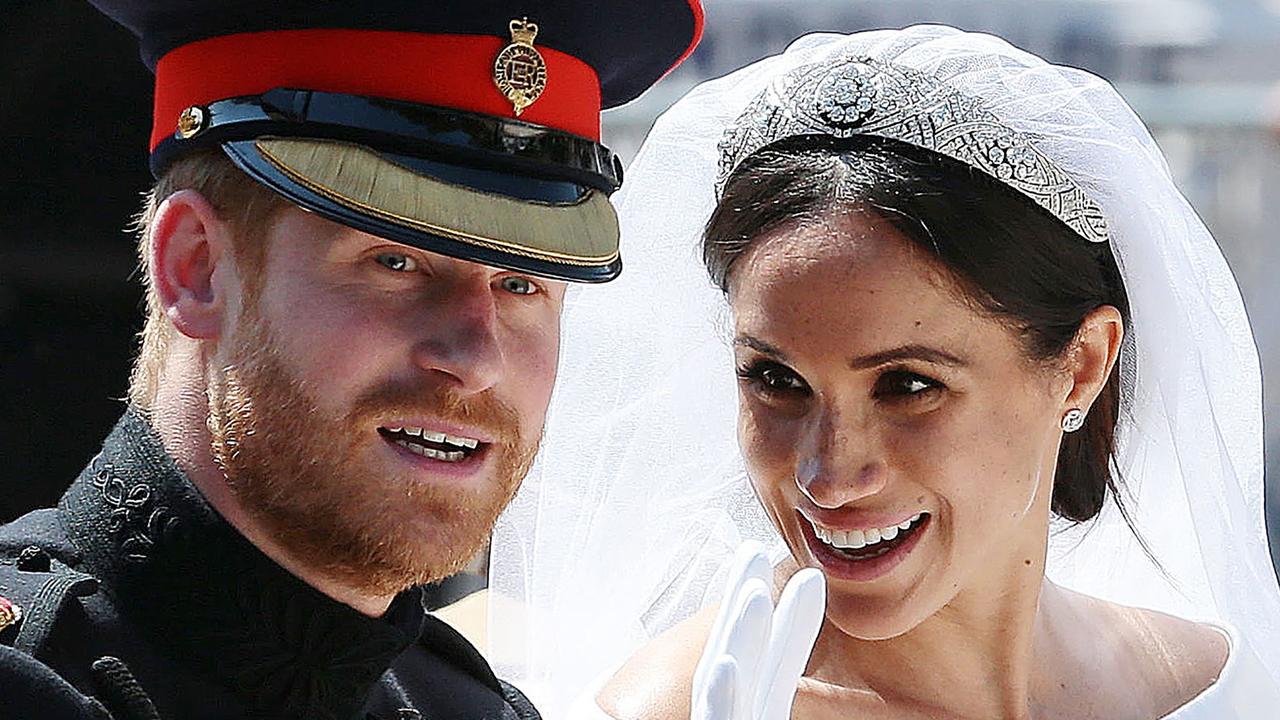
Even for the writers of The Crown, hellbent on creative license and hopped up on Buckingham Palace-brand gin, this sort of narrative symmetry would have seemed far-fetched. Two duchesses, two tiaras, two problems and two totally different approaches.
On one hand there is Kate’s team at Richard Ward, toiling away in the back room in his exclusive salon, paper covering the glass door (really) and an assistant patiently supplicating herself to be practised upon for hour after tedious hour because it was the only way they could prepare.
And on the other, Meghan, a lifelong perfectionist who has a truly remarkable eye for detail, was leaving nothing to chance and bullishly taking charge of the situation.
Neither tack is intrinsically better or worse (unless you owned shares in Claire’s – their tiaras sold out nationwide after Ward’s admission) but these two totally divergent strategies perfectly reflect their contrary ways that Kate, and then Meghan, took on life as a Windsor wife.
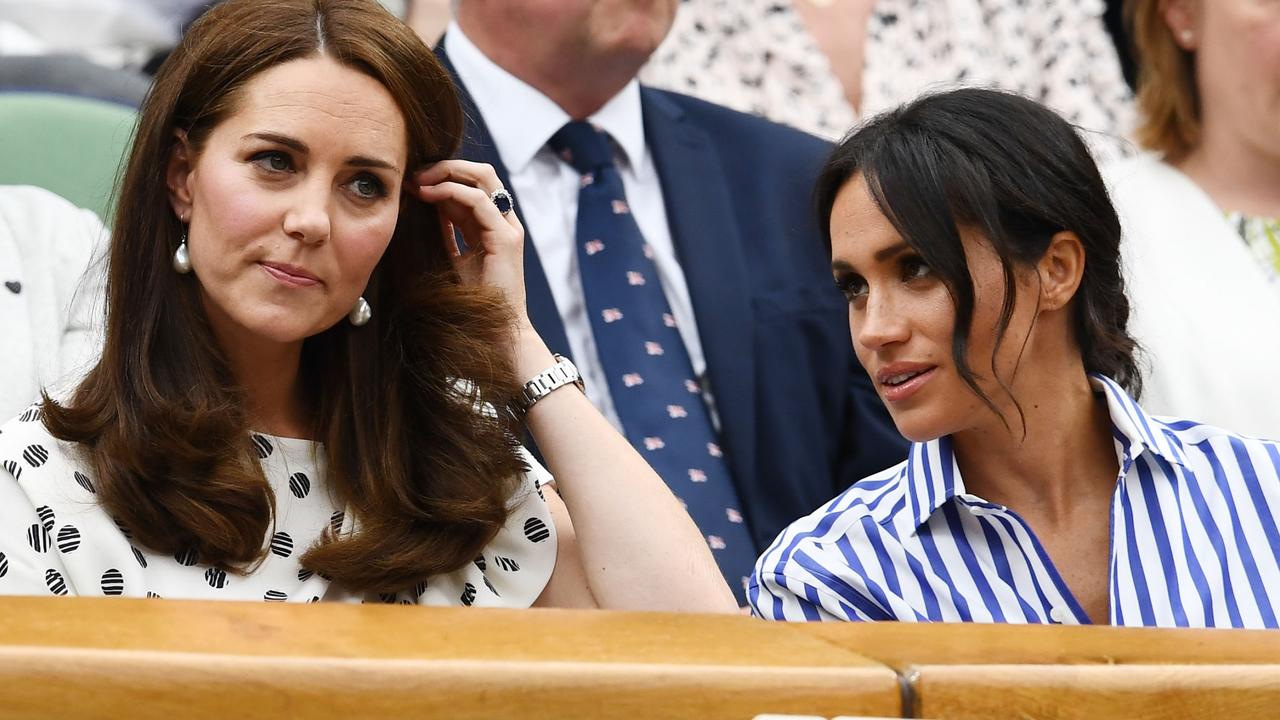
In essence, Kate adapted to the mechanisms and pace of her new surroundings, pliantly going along with the status quo. By contrast Meghan barrelled forward and tried, allegedly, to insist on doing things the way she wanted.
Part of this might be down to the fact that Kate and Meghan were at totally different places in their lives when a real life prince slipped a whopping engagement ring onto their finger and cut them keys to Kensington Palace.
For nearly a decade, Kate’s ‘job’ was ‘royal girlfriend’. She wore appropriate hemlines, only occasionally fell boozily out of Mayfair nightclubs and never let anything like the notion of a career get in the way of a potential royal future. (Kate’s pre-Windsor CV would hardly have set LinkedIn on fire: Part-time accessories buyer and photographer for her mother’s party business.)
Also, aside from a few brief university boyfriends pre-William, he was her only ‘grown-up’ long term relationship.

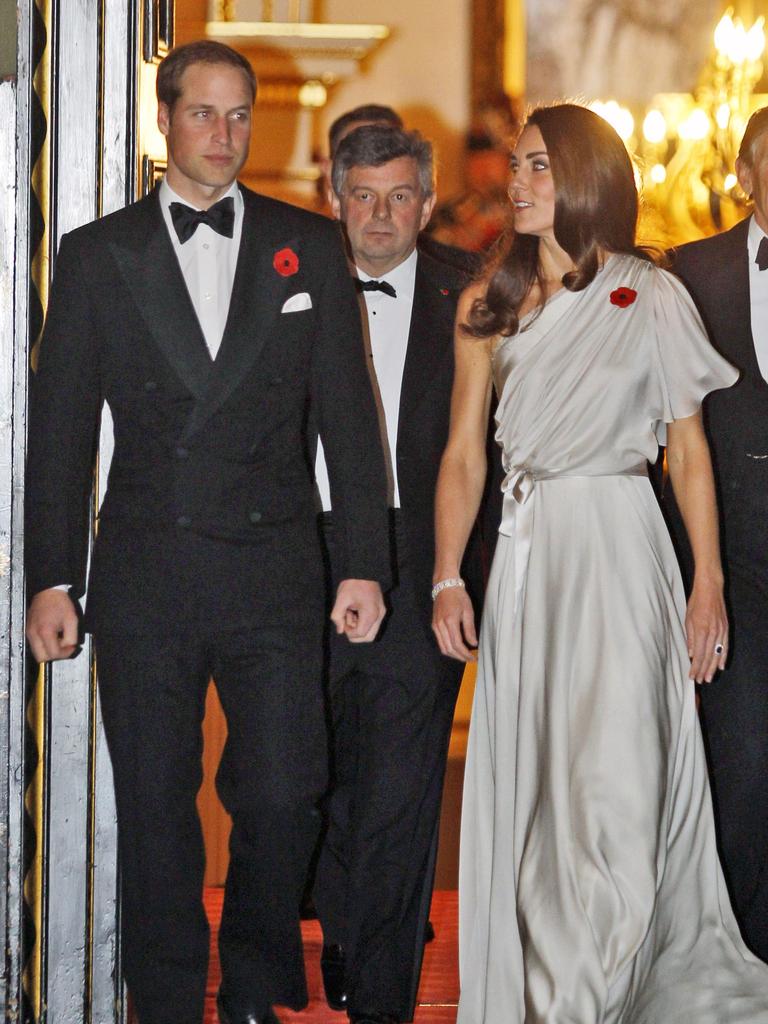
Then we turn to Meghan. By the time she was unpacking her collection of Le Labo candles and yoga mats in Kensington Palace, she was a successful actress with a blog of middling success to her name, and who had achieved that after years and years of hard, professional graft.
Not only that, she had been married (Trevor Engelson, a blonde movie producer) and had a long-term relationship with (dishy Toronto chef Cory Vitiello).
She was also six years older than Kate when she walked down the aisle.
Looking back, and next year marks the Cambridges’ 10th wedding anniversary, Kate entered royal life with a strategy of softly, softly.
In 2011, she started quietly visiting charities and organisations that she was interested in working with, entirely under the radar, before drawing up a shortlist of causes she was interested in taking on and sat down with two of William’s most trusted aides to discuss it.
On one occasion, according to royal biographer Katie Nicholl, Kate drove herself to a children’s hospice where she spent time meeting with sick little ones and the charities’ staffers before becoming involved.
The CEO of another small charity, Action on Addiction told Nicholl that Kate had turned up with an eye on working with them and that the newly minted Duchess had already spent hours on research.
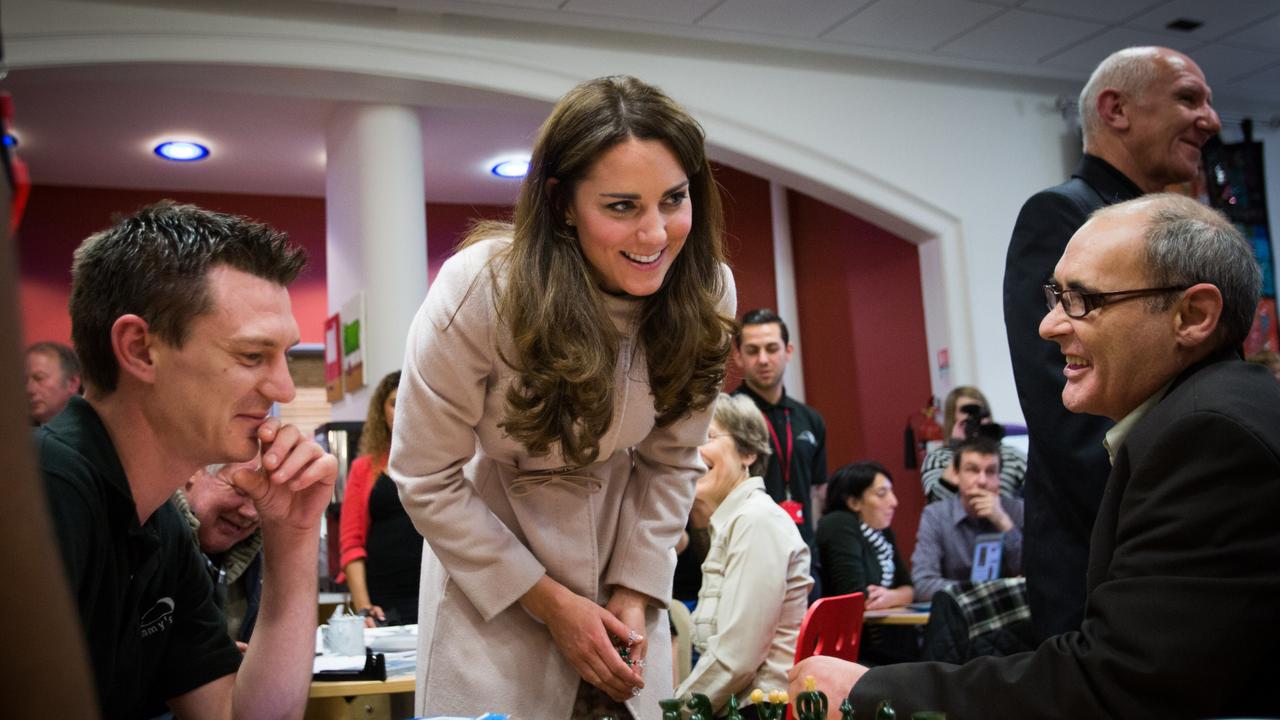
It was only in 2017, six years after their wedding day, that she and William became full-time working members of the royal family.
The very gradual pace of Kate’s philanthropic progress wasn’t down to apathy: She is widely viewed as a shy woman. More so, she is said to have existed in a state of perpetual fretfulness about putting a foot wrong and upsetting Her Majesty.
Meghan, by turn, knew what she wanted to accomplish from day one as an HRH. In her first year of royal life alone she undertook two highly successful international tours, took on four patronages, and launched a cookbook, all while pregnant.
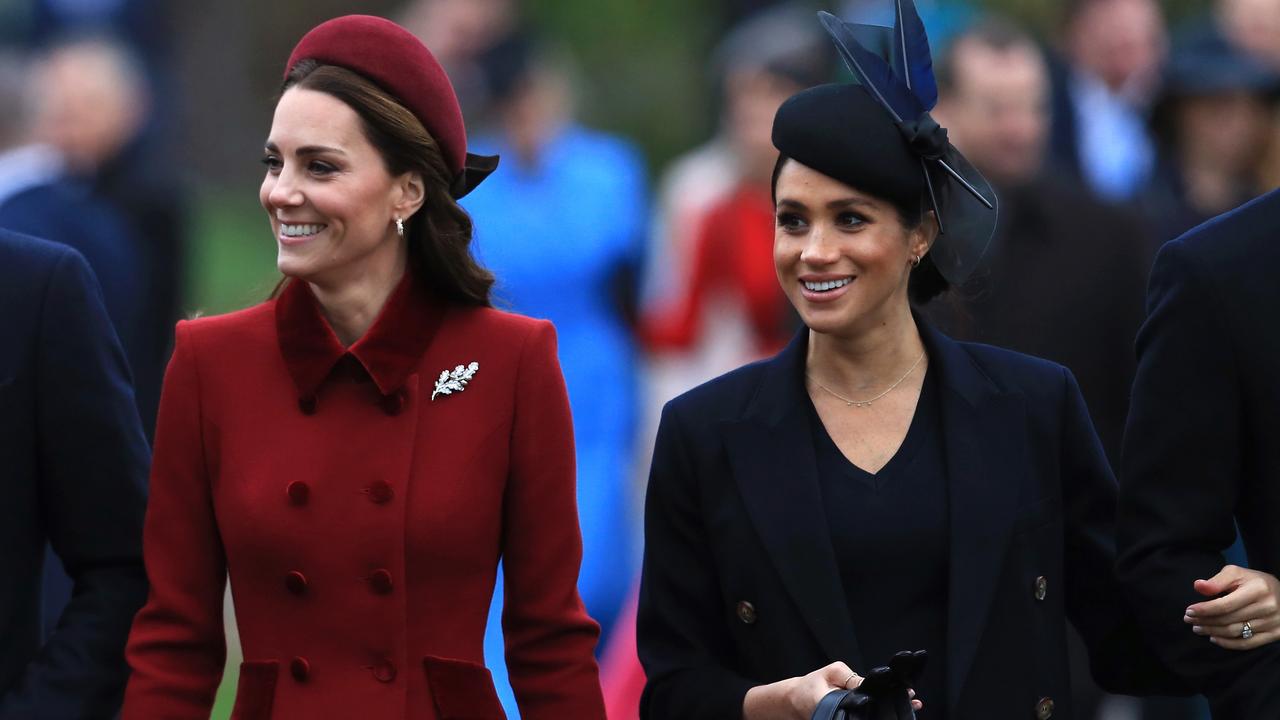
Essentially, the two Duchesses’ vastly disparate plans of attack comes down to self-assuredness and patience.
When Meghan became an HRH she had already addressed the UN about gender equality as part of her role as UN Women’s Advocate for Women’s Political Participation and Leadership and had been a Global Ambassador for World Vision, visiting Rwanda and India focusing on girls’ education and ending period stigma.
Clearly, she was going to use her new, global platform to continue working on the issue. While women’s rights and girls education is somewhat out of the usual scope of causes taken on by members of the royal family (aside from Sophie Countess of Wessex who has been working on helping victims of conflict-related rape, sexual violence and exploitation for years) there was never any shadow of a doubt that the palace was not entirely supportive.
The Daily Mail recently reported that, per palace insiders, early on “several meetings were held to ensure Meghan had sufficient resources for the issues that she wanted to promote, such as female empowerment”.
However, the palace machine moves in an unhurried and very considered fashion. Decisions are not made spontaneously and new projects are not undertaken without due deliberation And this is where Meghan’s zeal and passion collided with the measured clip of palace life.
A source who had worked with the Sussexes recently told Vanity Fair: “The problem is she and Harry have a tendency to hatch big projects over dinner and expect them to be actioned within days. Meghan had brilliant ideas, but she was always in a hurry and aides had to sit down and explain that foundations and big projects take thought, time and commitment, they cannot be rushed.”
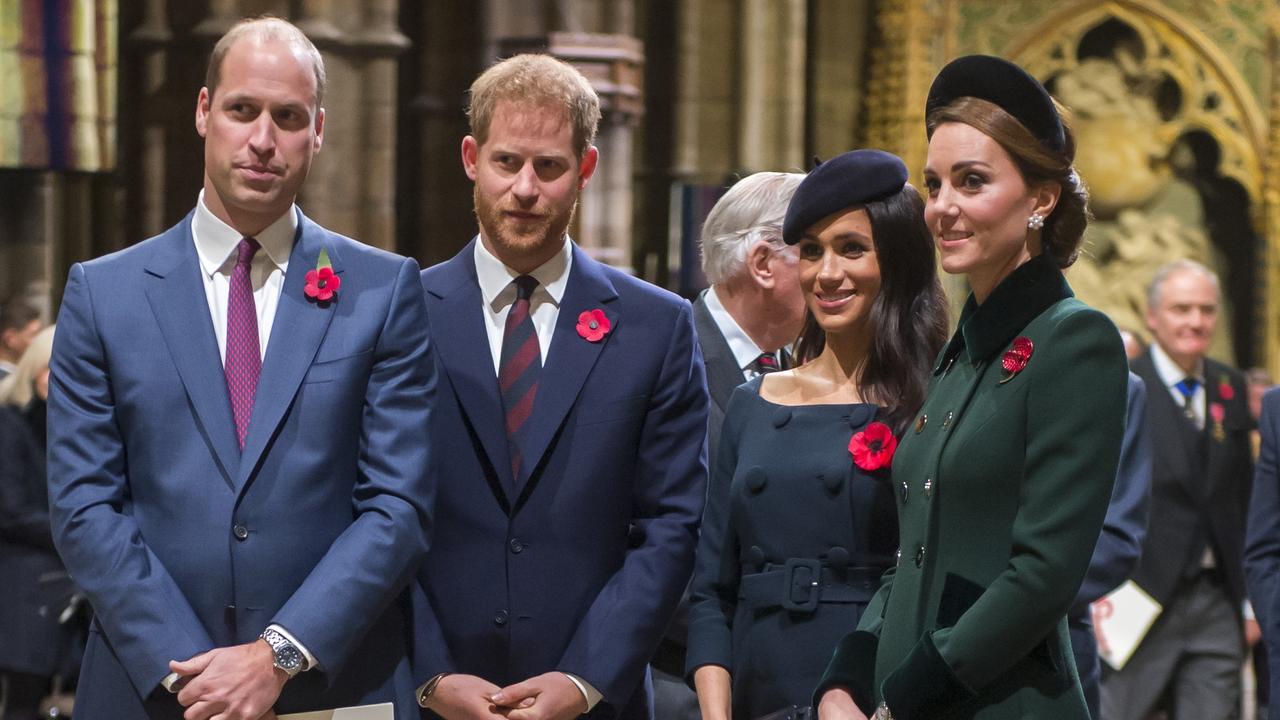
Perhaps there is another clue here integral to understanding this situation. When Kate wed William, she had been waiting for nine long years. (Remember the Waity Katie trope?) Here was a woman who was clearly not only willing but stunningly able to play the long game.
Harry and Meghan, on the other hand, got engaged around 14 months after they first met and after only having lived in the same country for a handful of months. (Fast and Furious: The Kensington Palace Edition?)
Perhaps Meghan’s biggest mistake wasn’t not wearing a hat during her solo engagement with the Queen or she and Harry not being able to tune out the drumbeat of negative press or the duo not thinking it might be unwise to spend $4 million of Sovereign Grant money on their reno.
Rather, looking back it was the velocity with which Meghan was propelled into royal life and the supersonic momentum with which she threw herself into being a working royal, while also (allegedly) failing to listen to more seasoned hands around her.
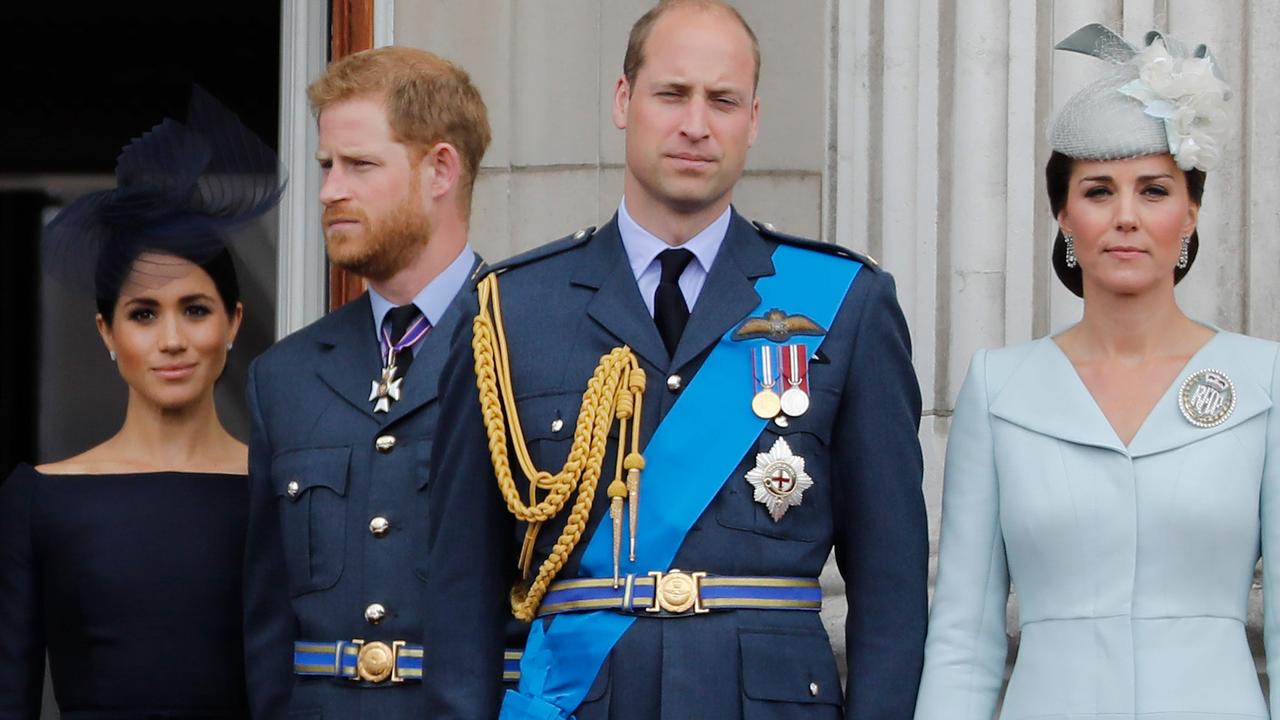
There have been countless post-mortems about when and how the Sussexes’ royal fairytale soured so badly but with the benefit of hindsight, I wonder if some clues lie in these tiara moments.
To badly paraphrase Hamlet, Meghan was hoist on the petard of her eagerness.
I wonder if things might have ultimately played out differently if on that day when she allegedly wanted her tiara and Angela Kelly allegedly did not comply, if Meghan had in that moment understood and accepted that part of joining the royal family was a necessary acquiescence to doing things at the palace’s cautious clip.
The British monarchy can trace its roots directly back to Egbert, King of Wessex who ruled until 839. Millennium-long institutions don’t survive by capriciously changing course or by acting impetuously on every flash of dinnertime inspiration.
On Meghan’s wedding day, she wore the Queen Mary Diamond Bandeau tiara with the grace and ease of a seasoned professional and her hair, no matter the obstacles she had faced with the tiara, was sheer perfection. It was a stunning look that now, is unlikely to be repeated.
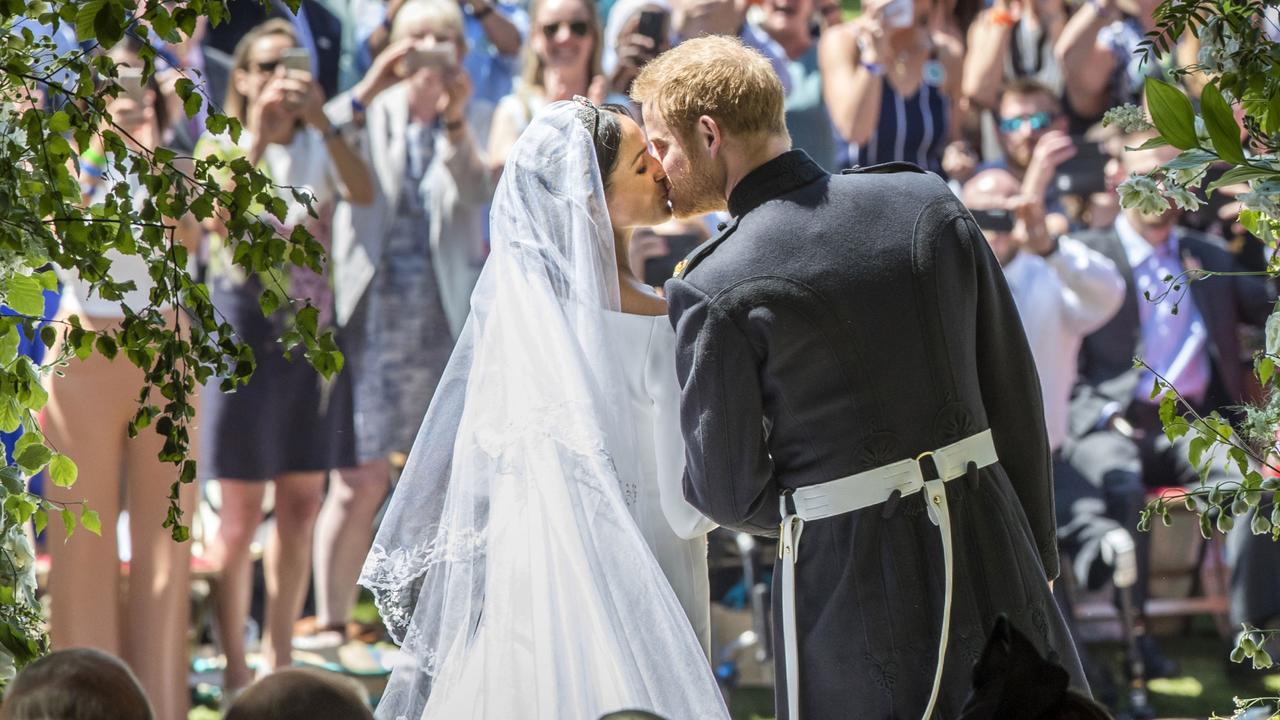
Living in Santa Barbara far away from the Queen’s vast jewellery collection and with nary a Buckingham Palace white-tie ‘do on the horizon, the chances of her getting the opportunity to wear another tiara are slim.
Kate has worn a tiara nine times subsequent to her wedding and has graduated to donning far grander, and heavier, jewels.
Turns out, slow and steady wins the race, especially when it comes to diamonds.
Daniela Elser is a royal expert and writer with more than 15 years working with a number of Australia’s leading media titles.




